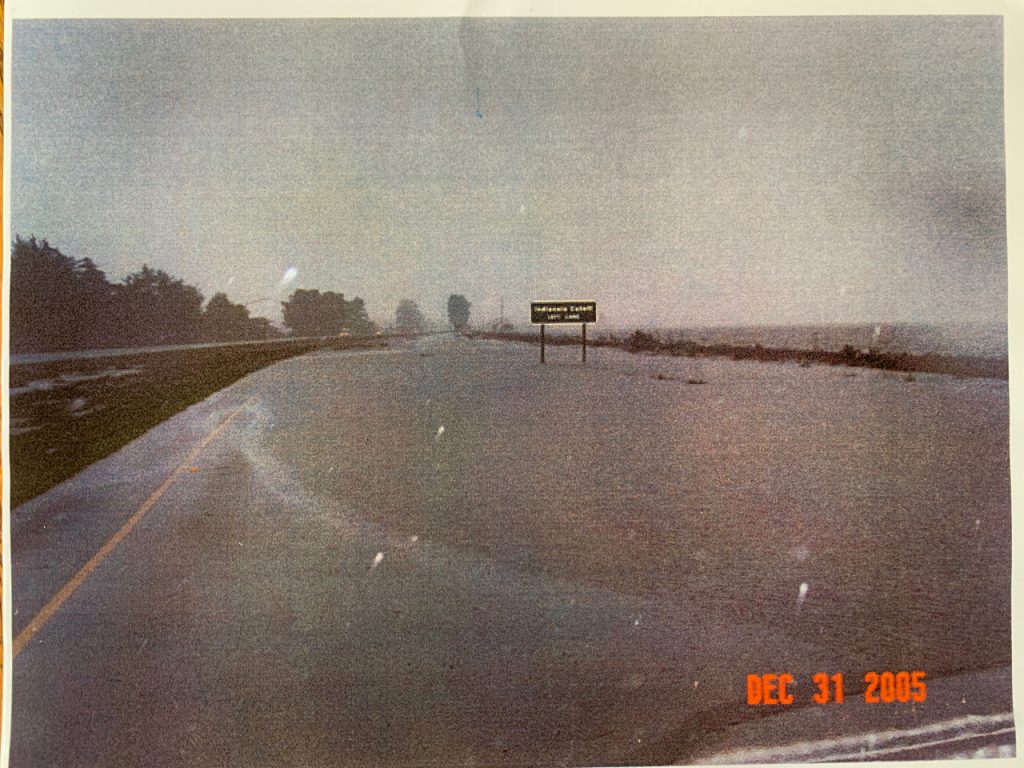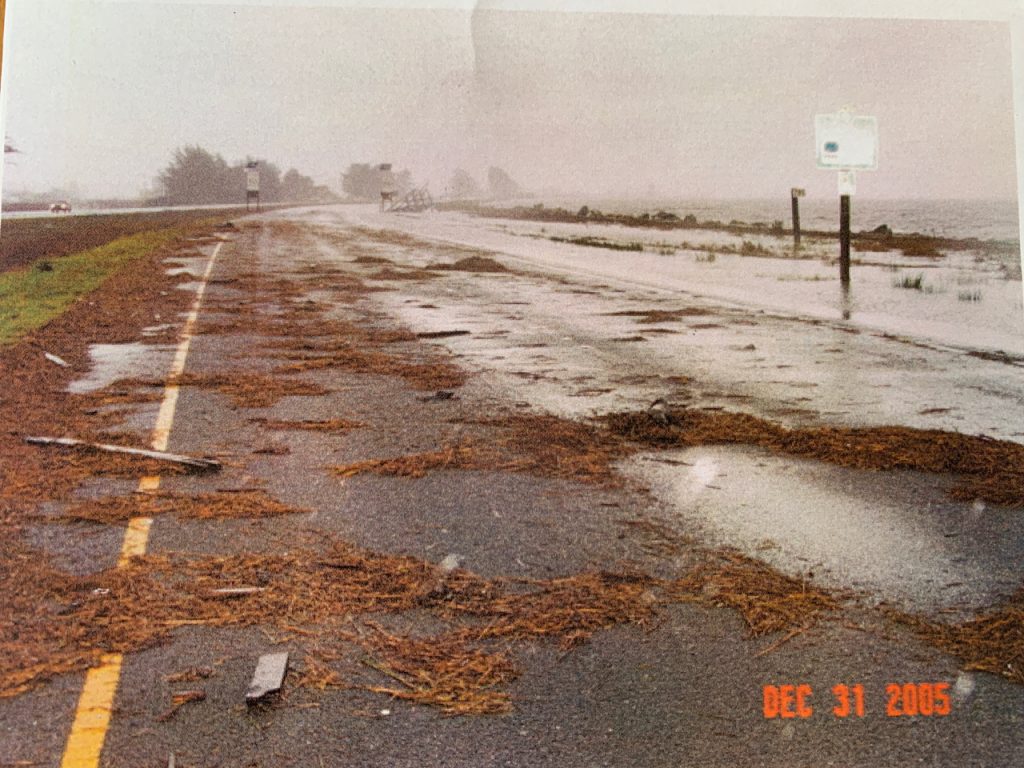
08.16.19
California needs to put its money where its mouth is when it comes to sea level rise.
By msackett
If our primary response to
erosion and rising seas is the hardening of our coastline to protect manmade
structures, it will result in the disappearance of beaches, wetlands and other
important coastal habitats – they will drown with nowhere to go. Not only are
these sensitive habitats in jeopardy but also the recreational and economic
opportunities they provide. As you may have heard by now, seas are expected to
rise rapidly in California from 3 to 6 feet by 2100 and possibly even up to 10
feet due to climate change induced sea level rise.[1]
This presents a substantial challenge for our marine life. Our coast is alive. It is home to birds, grasses, crabs, clams, fish, tiny invertebrates, and so much more. Wetlands are among the most productive ecosystems in the world. Unfortunately, coastal habitats are experiencing an unprecedented level of human impact, encroached on the landward side by coastal development and on the ocean side by sea level rise and coastal erosion. A recent analysis found that a majority of the area for several key coastal habitats is highly vulnerable to sea level rise. [2] The two most essential ways to mitigate potential losses including conserving potential future habitat areas and adapting the built environment. The future of coastal habitats is dependent on the decisions we make today about how we will adapt to rising sea levels and manage coastal resources.

So - just what are we doing about this problem? A recent example below illuminates just where we are as a state in proactively planning for sea level rise. The answer? Not QUITE there yet! (Despite an abundance of guidance on how to do it right.)
Last week, California’s transportation agency, Caltrans applied to the Coastal Commission at their August meeting in Eureka for an improvement project along the Eureka-Arcata Route 101 Corridor. Proposed improvements would include a new interchange, bridge replacements and lane extensions. The project location would extend along a six-mile segment of Highway 101 along the east side of Humboldt Bay. Caltrans staff estimated that in total, the project would cost over $70 million.

Humboldt Baykeeper and the
Surfrider Foundation raised serious concerns about investing heavily in
infrastructure in an area known to be vulnerable to sea level rise and coastal
hazards, especially given the lack of any long-term adaptation plan.
This project will result in
perpetuation of public infrastructure in a coastal hazard zone, which could
result in public safety issues. It is also likely that the government will act
to protect their investments and these structures with hard armoring rather
than relocating them out of harms way as sea levels rise. If coastal habitats
along Humboldt Bay are blocked from migrating inland by hard armoring
structures, those habitats will drown and be permanently lost. The Humboldt
Baykeeper and Surfrider requested that the Commission require Caltrans to
submit an adaptation plan for the highway prior to issuance of the permit and
that Caltrans remove billboards along the 101 Corridor, which block public
views to the coastal and ocean.
Commissioners ultimately
approved the project, with some small amendments to address sea level rise concerns.
Commissioners Donne Brownsey and Steve Padilla suggested moving the sea level
rise planning deadline up from 2030 to 2025 and to add language that clarifies
that no coastal armoring should be used to protect the project in the future. Commissioners
approved the project with these amendments in a 10-1 vote. Commissioner
Sara Aminzadeh being the lone “No” vote.
The Coastal Commission continues to grapple with whether to allow substantial investments to maintain our vulnerable infrastructure now, knowing costly adaptation measures are inevitable as sea level rise and coastal hazards increase. However, if California's own state agencies refuse to plan for sea level rise, what does that mean for the future of our coast? It’s time for our state agencies to put their money where their mouth is. We need to move past information gathering and guidance and into implementing smart planning decisions – for us, for future generations and for our marine life. To find out more about Surfrider’s preferred sea level rise adaptation method, check out this Beachapedia site on managed retreat.
[1] Griggs, G, Árvai, J, Cayan, D, DeConto, R, Fox, J,
Fricker, HA, Kopp, RE, Tebaldi, C, Whiteman, EA (California Ocean Protection
Council Science Advisory Team Working Group). Rising Seas in California: An
Update on Sea-Level Rise Science. California Ocean Science Trust, April 2017.
[2] Heady, W. N., B. S. Cohen, M. G. Gleason, J. N. Morris,
S. G. Newkirk, K. R. Klausmeyer, H. Walecka, E. Gagneron, M. Small. 2018.
Conserving California’s Coastal Habitats: A Legacy and a Future with Sea Level
Rise. The Nature Conservancy, San Francisco, CA; California State Coastal
Conservancy, Oakland, CA. 143 pages.
